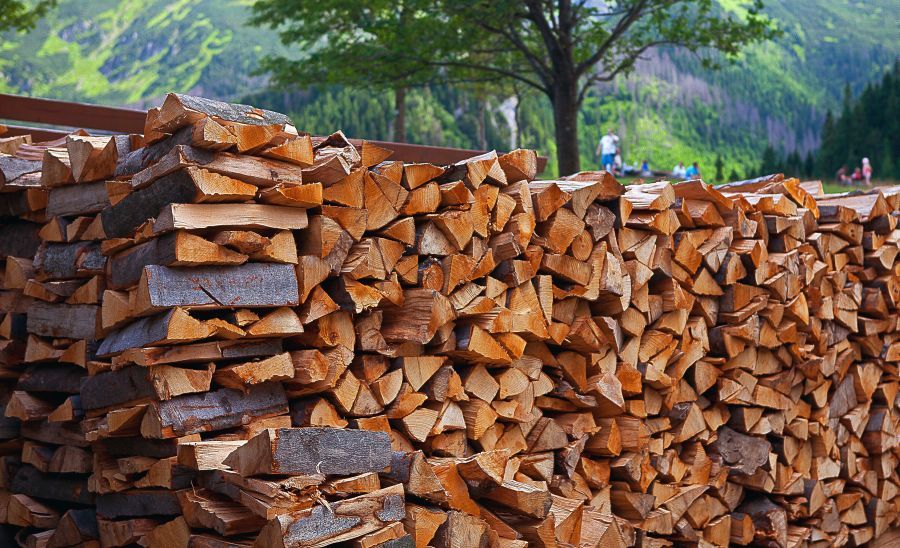Wood drying using log drying kiln for instance aims at reducing the moisture content, which varies according to the product’s final use. Moisture in wood can cause rotting, shrinkage, blistering, mildew, fungus, and the appearance of damp wood termites, for example. The objectives of Drying are: to reduce dimensional movement, inhibit fungus attacks, improve workability, and increase the physical resistance of the wood.
- How To Dry Wood
The main and most used ways to dry wood outdoors or artificially are in greenhouses (with controlled temperature and humidity) or with forced ventilation.
- Outdoor Drying
It must be carried out in open places, stacking the boards spaced apart to allow air to circulate between the pieces and reduce humidity. Air drying is commonly used in companies to perform pre-drying to optimize oven drying time.
Generally, in the first 15 days, the wood loses almost 50% of its moisture content; however, it depends on the following factors: species; thickness of the pieces; cutting direction; climate and site; and season.
The most important point of air drying is the assembly of the wood pile, which must be carried out with the following precautions: isolation from the ground, alignment of the pieces, and adequate coverage.
- Stacking Methods
Assembling the stacks requires some precautions, such as: preferably using planks of the same dimensions, same species, and same initial moisture content ;
The bases or foundations provide stable and flat support for the piles and a space between the ground and the pile to allow the exit of descending, humid and cold air and must allow a free space of at least 40 cm above the ground.
- Storage Yard
Preferably flat;
Dry and airy (no buildings or trees);
Size and position that allows the storage of wood;
Next to the machining center.
- Advantages of outdoor Drying
Reduces the risk of attacks by mold fungus, as it reduces the humidity of the wood, which is a favorable environment for the proliferation of fungi;
Increases the mechanical resistance of the wood;
Reduces dimensional changes, as the wood undergoes a dimensional change when its moisture content is altered, it contracts when it loses moisture and expands when it is moistened;
It decreases the weight of the wood and consequently reduces transport costs.


